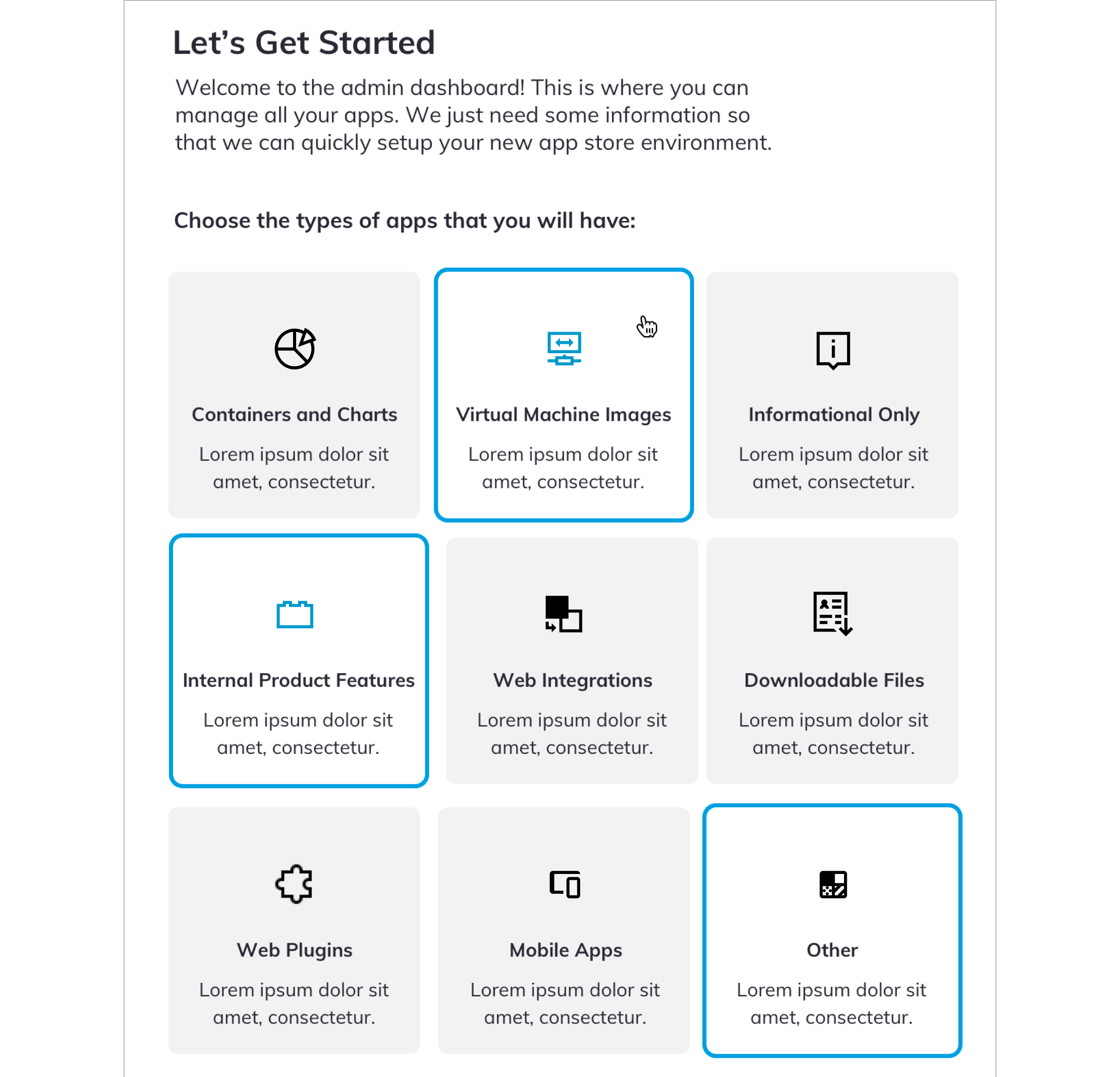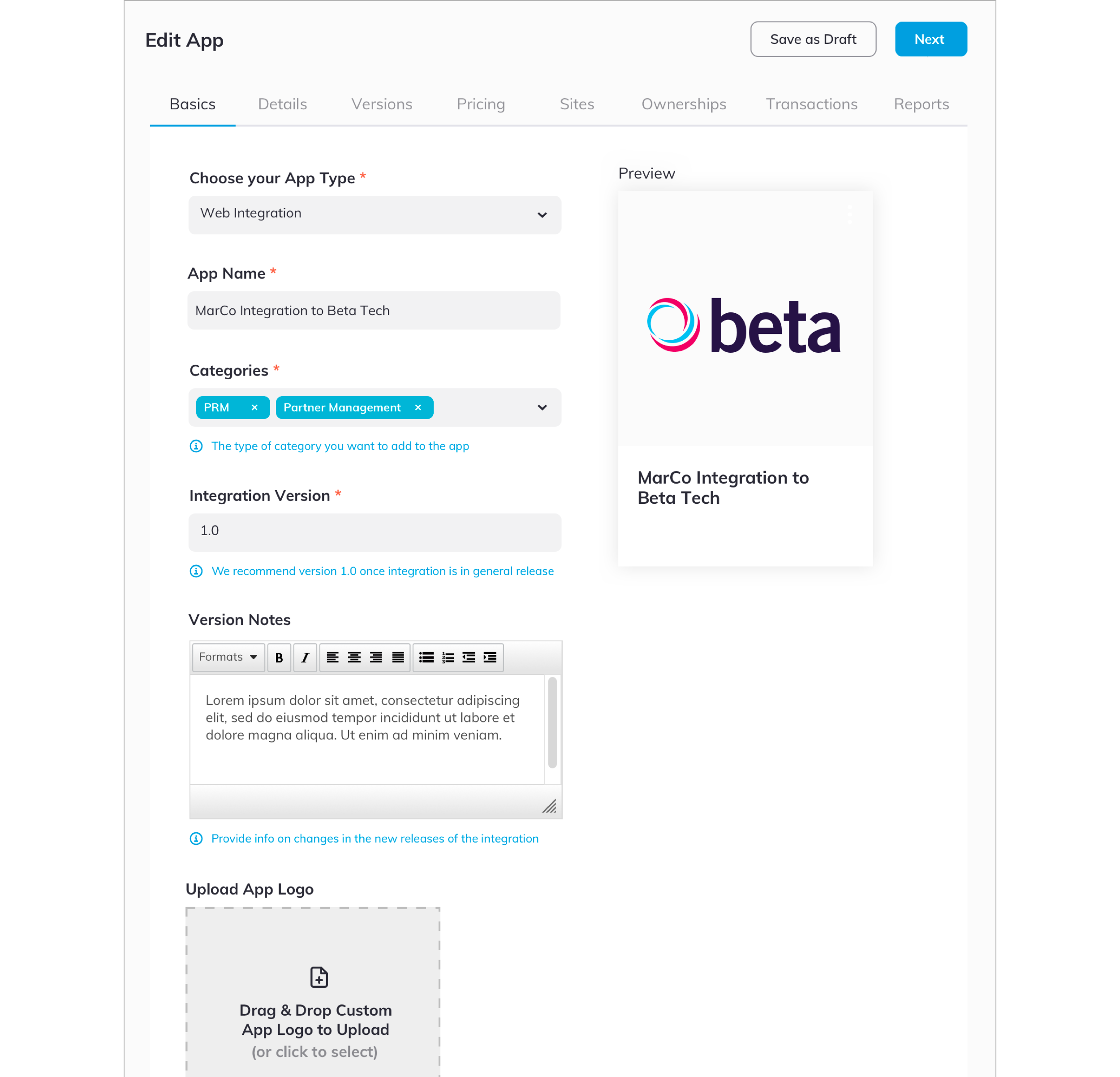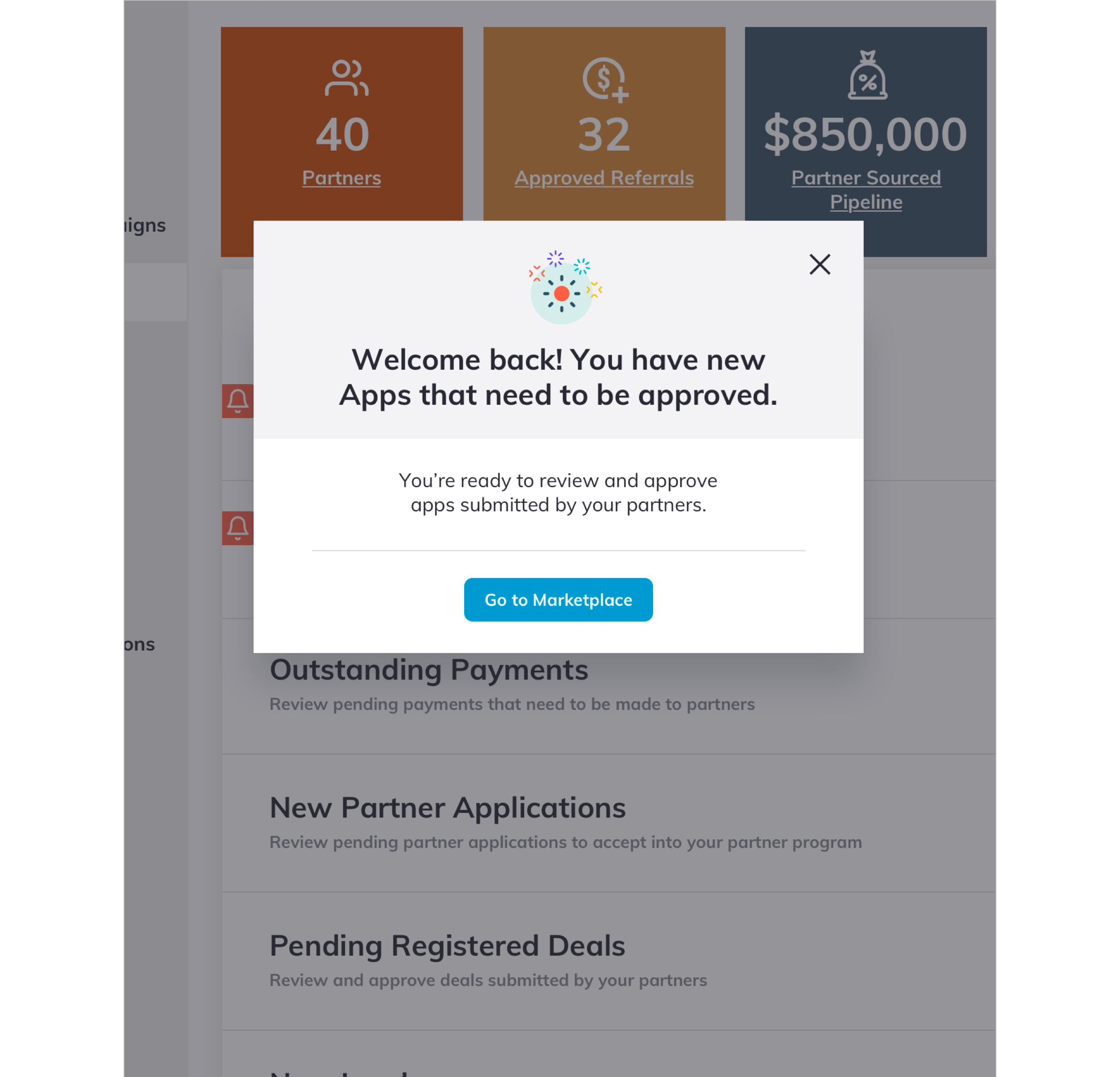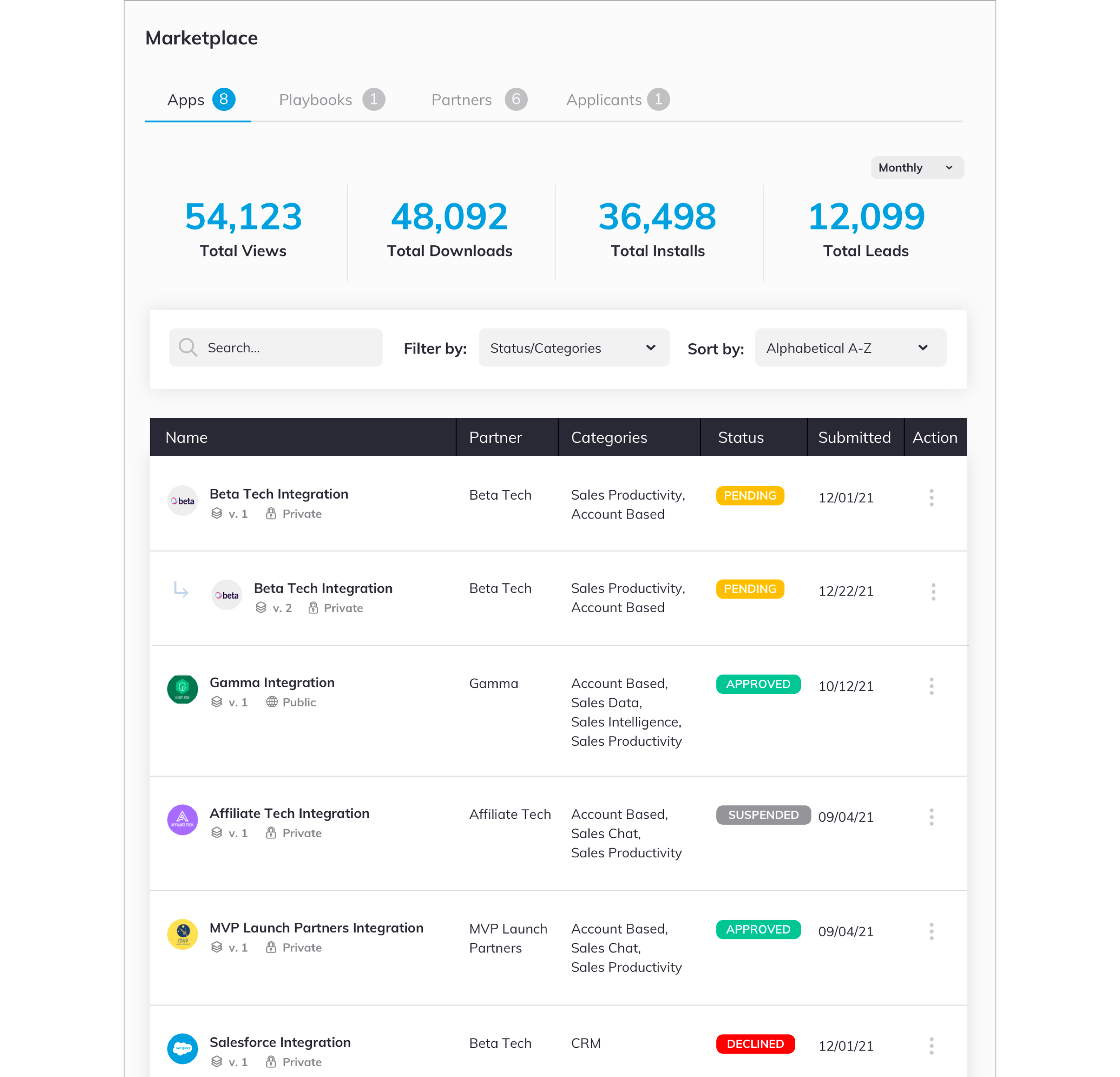How do I build my own App Store?
Building your own branded App marketplace is a strategic initiative that can benefit your business and customers. It allows you to curate a collection of apps that complement your core offerings and enhance your value proposition. Here’s a step-by-step guide on how to create your own branded App marketplace, including the App store strategy and selecting software for the marketplace:
1. Define Your App Marketplace Strategy:
- Identify Your Target Audience: Understand your customers’ needs and preferences to determine which apps would be most valuable to them.
- Choose App Categories: Select specific categories or industries that align with your brand and customer base. These categories will help you organize your app selection.
- Determine Monetization Model: Decide how you plan to monetize your App marketplace. Options include selling apps, offering subscriptions, taking a commission from app sales, or using it as a value-added service for existing customers.
- Set Clear Objectives: Establish goals for your marketplace, such as increasing customer retention, generating additional revenue, or enhancing the overall user experience.
2. Select App Store Software:
- Evaluate App Store Platforms: Look for app store software solutions that match your business needs. Torchlite offers customizable solutions to create your branded App marketplace.
- Consider Scalability: Choose software that can scale as your marketplace grows. Ensure it can handle an expanding user base and a growing catalog of apps.
- Security and Compliance: Prioritize security and data privacy. Ensure the software complies with relevant regulations, especially if you handle sensitive customer information.
- Customization Options: Select software that allows you to brand your marketplace with your logo, color schemes, and other design elements.
- Integration Capabilities: Ensure that the platform can integrate with your existing systems, like CRM, payment gateways, and user authentication services.
3. Curate Your App Selection:
- Identify Partner Apps: Collaborate with app developers and providers that align with your marketplace strategy. Choose apps that add value to your customers.
- Vet App Quality: Ensure that the apps you offer are of high quality, regularly updated, and free of security vulnerabilities.
- Negotiate Agreements: Establish clear agreements with app developers or providers, covering terms of use, revenue-sharing models, and support commitments.
4. Design and Brand Your App Marketplace:
- User-Friendly Interface: Pick an intuitive user interface like the Torchlite App store that makes it easy for customers to discover, explore, and purchase apps.
- Branding and Personalization: Customize the marketplace with your branding, including your logo, color scheme, and messaging.
- Search and Filtering Options: Implement robust search and filtering features to help users find the right apps quickly.
- User Reviews and Ratings: Include user reviews and ratings to help customers make informed decisions.
- Support and FAQs: Provide accessible support resources, including FAQs and contact information.
5. Implement Monetization and Pricing:
- Pricing Models: Set pricing models for apps, whether it’s one-time purchases, subscriptions, or a mix of both.
- Revenue Sharing: Determine revenue-sharing agreements with app developers. Ensure a fair and transparent process.
- Promotions and Discounts: Consider offering promotions, discounts, or bundles to encourage app purchases.
6. Marketing and Promotion:
- Launch Strategy: Plan a launch strategy to introduce your marketplace to your customer base. Use your existing marketing channels to create awareness.
- Content Marketing: Develop content around your marketplace, including blog posts, videos, and guides to highlight featured apps and their benefits.
- Email Campaigns: Send targeted email campaigns to inform customers about new apps, promotions, and updates.
- User Engagement: Encourage user engagement through reviews, ratings, and user-generated content.
7. App Store Support and Maintenance:
- Customer Support: Provide responsive customer support for app-related inquiries and issues.
- Regular Updates: Keep your marketplace and apps up to date with regular maintenance and software updates.
- Security Measures: Implement security measures to protect user data and maintain a safe marketplace environment.
Building your branded App marketplace can be a valuable addition to your business, enhancing your value proposition and generating additional revenue. Careful planning, selection of the right software, and a focus on user experience are key to success in this endeavor.






